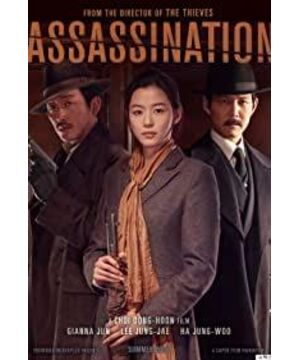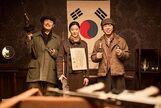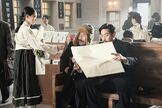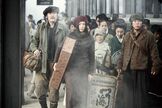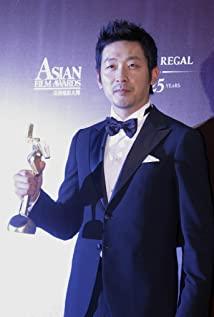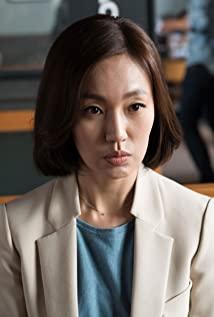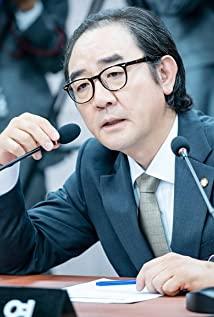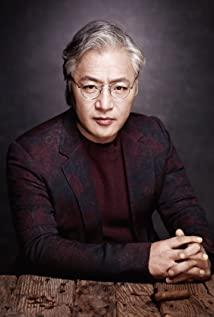yy, if this film is a little more realistic, then the image of Jun Zhixian's character can be: In 1933, under the leadership of Yang Jingyu and Li Hongguang, the snipers of the Rock Guerrilla (Note 1) accepted the order of Jin Yuanfeng to return to the peninsula to complete the assassination. In 1949, Jun Ji-hyun discovered that Lee Jung-jae was freed from the crime (Note 2) and was still in a high position, but under the White Terror, Kim Goo was assassinated, so he resolutely went north (Note 3). In July 1950, the People's Army captain Quan Zhixian followed the troops to conquer Seoul, captured the pseudo-Seoul police chief Li Zhengzai, held a public trial meeting, and shot him. Ah, thinking about Jun Zhixian wearing a People's Army uniform, he must be prettier!
1. In 1933, Manchuria no longer had an established independent army. The formed Independence Army disappeared in the late 1920s and early 1930s under the combined force of the Japanese army's suppression, internal turmoil, and the end of the Soviet Union's support. Leaders who insisted on resisting Japan either went abroad or went to mainland China to participate in the work of the provisional government. (For example, Chi Qingtian is Li Qingtian), or scattered alone in Manchuria. In 1933, the anti-Japanese troops of more than a few dozen Koreans in Manchuria, as shown in the movie, could only be Li Hongguang's Rock Workers and Peasants' Guerrilla (directly led by Yang Jingyu, which was adapted in 1933 as the 32nd Junnan of the Chinese Workers and Peasants Red Army). The Manchurian guerrilla, which was reorganized into the Northeast People's Revolutionary Army in 1934), Jin Chengzhu's Antu Workers' and Peasants' Guerrilla (in 1933, it was co-edited with the Korean guerrillas of Wangqing and other counties as the Red Thirty-two Army East Manchu guerrilla), Cui The Raohe Workers' and Peasants' Guerrilla in Shiquan, etc.
2. In the movie, Lee Jung-jae's character was tried, but he was successfully exonerated. When he left the courtroom, a short paragraph was deleted from the mainland release version. He was saluted by his subordinates at the police station. This shows that he was already a high-ranking officer of the Seoul Police Department of the South Korean authorities at that time, not an ordinary junior leader. In the background are right-wing marches, chanting slogans of stop prosecuting anti-ethnic criminals and march north to reunify. This shows that Lee Jung-jae's role is exonerated. It is not as simple as killing the witnesses, but in the context of the times, people like this traitor have become the actual powers of the South Korean authorities; they have marginalized those who participated in the national movement from beginning to end. , and whitewashed his own history under the pretext of so-called "underground activities".
3. Activists such as Kim Goo and Kim Won-bong have chosen the road of "from the north" to varying degrees by right-wing standards, and they both oppose the so-called "Government of the Republic of Korea", which was unilaterally elected under the threat of violence in areas under the control of the South Korean authorities. and the legitimacy of its President Syngman Rhee, and demanded dialogue with the northern authorities; but Kim Goo was assassinated by the extreme right after returning from Pyongyang (although Kim Goo has always been right and has no communist tendencies); Kim Won-bong, who was farther left, stayed in Pyongyang as the deputy secretary of the Workers' Party.
All of the above are for things before 1950. We will not discuss the changes in the source of legitimacy of the two regimes after several rounds of purges in the north (Jin Yuanfeng died in the purge) and even decades later, after the South has won a general sense of democracy through arduous struggles, and which regime is more legitimate today.
View more about Assassination reviews


